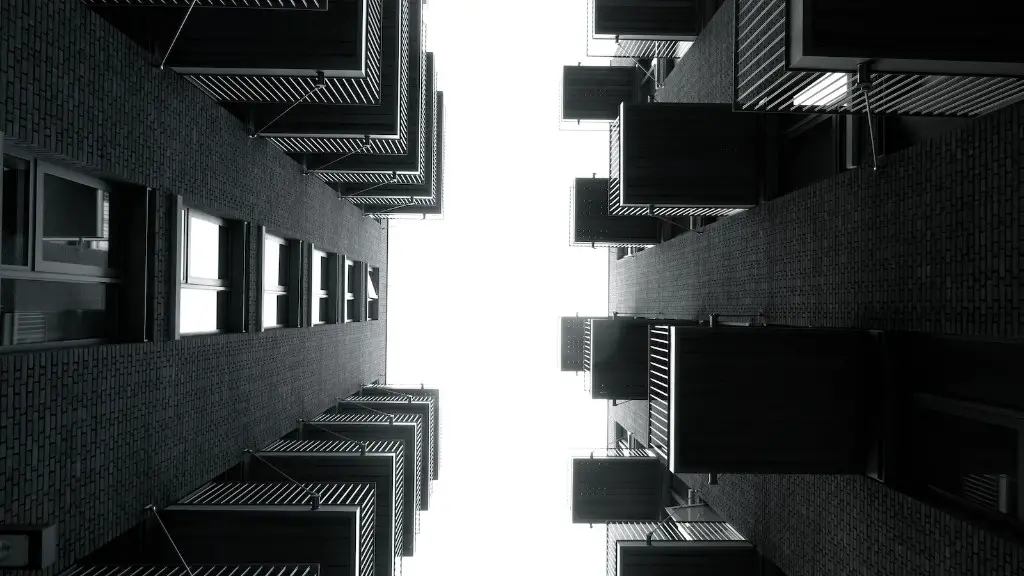Introduction
Design brief is a document created by an architect, engineer or any other professional that outlines the project requirements and expectations of the client. It is fundamental to realize a successful project and it should be clear, concise and understandable to all parties involved. The design brief is the basis of the entire process and it can sometimes be amended or altered as the project progresses due to changes in the client’s objectives. From the brief, a design team will create the concept and design of the project and a builder will later come in and execute the project.
Relevance of Design Brief
Design brief is important since it serves as a fundamental base to the architect or engineer to develop the project. It needs to be precise in order satisfy the needs and expectations of the client as well as make sure the team has a clear understanding of what the project entails. Furthermore, the design brief also serves as a base to assess the project in terms of its costs, materials and labor. An accurate design brief avoids errors and helps to forecast the expenses associated with the project.
Architectural Design Brief
Architectural design brief is one of the basic documents for an architect to start working on a project. It serves as a beginning point to understand the main objectives and goals of the client. Essential topics in an architectural design brief can include the client’s objectives, budget, preferred finishes, desired lot size, building materials and size of the house. In addition, a design brief will also provide insight on the floor-plans, demographics of the area, layout of the lot, scale for the building and any additional zoning guidelines and regulations.
Design Brief Components
A typical design brief consists of a few different components. It starts off with a basic overview which provides an outline of the project to assess its feasibility. All team members should sign this document to confirm their agreement with the brief. The second component may be the design briefs, which include the details and objectives of the project as well as additional references and research material. The third category may be the technical briefs that gives an insight on the construction materials and methods as well as building codes and instructions. Finally, the fourth category may be time frames which outlines the deliverables and milestones of the project.
Analysis
The design brief is an in-depth document that outlines the requirements of the client. This document is crucial to the success of the project since it provides parameters within which the project will be executed. It is vitally important for it to be precise and accurate since it helps to ensure that the project meets the client’s satisfaction. Furthermore, designing the brief in consultation with the client allows for feedback at an early stage so changes can be made if needed.
Design Process
After the design brief is put in place, an experienced designer will start the process. He or she will gain a thorough understanding of the project and start to create the design based on the design brief. This design should incorporate all the key points as set out in the brief. The first step will usually be concept creation, this typically consists of sketches and drafts, renderings to show the concept and ideas of the project. After this, the designer will typically structure the concept in terms of floor plans and elevations.
Design Refinement
The design process is an iterative process. It is important to review and refine the design before moving onto the next stage. During the refinement phase, the designer should analyze if there is any further areas of improvement and apply alterations as necessary. Furthermore, it is important to also consider the aesthetics and flow of the project and make suggestions as to how these elements can be further developed. As the design is refined and finalized, a report should be compiled to demonstrate the design process and the changes made.
Feedback
It is essential for the client to provide feedback after each iteration. This will help to make sure that the design conforms to their expectations and that all requirements are met. Furthermore, the feedback should be documented, this will help to ensure that any changes are clearly recorded. An official review meeting should take place at the end of the design process to get an unconditional sign off from the client.
Project Management
Once the design brief is agreed upon and the design process is complete, the next step is to enter the project management phase. This stage consists of scheduling and organizing the construction work, sourcing of materials and communication with the builder. It is important to have detailed drawings, timelines and schedule of works in this stage. This serves as a guide to the builder so he can execute the project in a timely and efficient manner.
Construction Phase
The last step is the construction phase. At this stage, the builder will take over and construct the project as per the agreed upon design. It is essential to keep a close eye on the process to make sure everything is going to plan. Finally, a final walk-through should also be conducted at the end of the project to make sure all the quality and safety requirements are met.
Cost Estimation
Design brief also serves as an important document to consider the costs associated with a project. It helps to assess the amount of materials and labor costs. Furthermore, it helps to ensure that the project does not exceed the allocated budget. Additionally, it provides an insight on possible cost savings or added expenditures that may be needed.
Resources
In addition to the labor and materials, it is essential to consider the resources needed for the project. This includes equipment, permits, software and any third party services. During the design brief process, all the resources should be identified and analyzed to make sure that there are no unforeseen costs.
Data Collection
It is important for the design brief to identify all the data that needs to be included in the project. This includes the research material and surrounding context of the project. The data needs to be accurate and up to date. It serves as useful reference material when making decisions. Furthermore, the data should be regularly updated as the project progresses to make sure the brief is still relevant.
Risk Assessment
During the design brief stage, it is key to consider any potential risks and obstacles associated with the project. This helps to prevent any unnecessary delays and identify if there are any potential health, safety and environmental impacts associated with the project. It also helps to identify any potential legal and regulatory issues that may arise. This allows the designer to preemptively make decisions to reduce these risks and influence the outcome of the project.
Communication Plan
In order for for the project to run smoothly, it is essential to have a solid communication plan. This includes all channels of communication among the client, architects and builders. The team should have detailed meetings and conversations in order to discuss any changes and updates. Furthermore, the team should send out regular updates and consultation emails in order to make sure everyone is aligned on the project requirements.
Records
It is important to keep records of the design brief and the design process. This is useful if any disputes arise later on. By having official documents, it allows for efficient communication between the parties involved and helps to easily resolve any issues. Additionally, records and documents can be used to review and appraise the project.
Conclusion
The design brief is a key component of any project. It helps to identify the requirements and expectations of the client, allows for a better understanding of the project and establishes the parameters for the project. Furthermore, it helps to identify any potential risks associated with the project and provides a guide to the designer on how the project should be executed. It is essential for the design brief to be accurate an up to date in order to avoid any issues later on.




